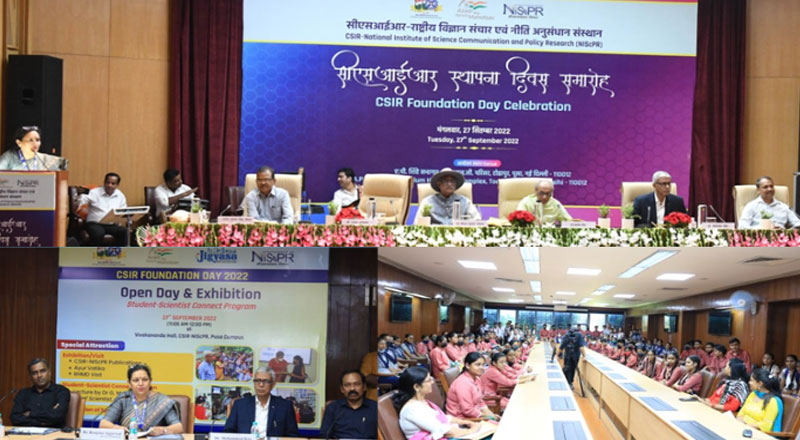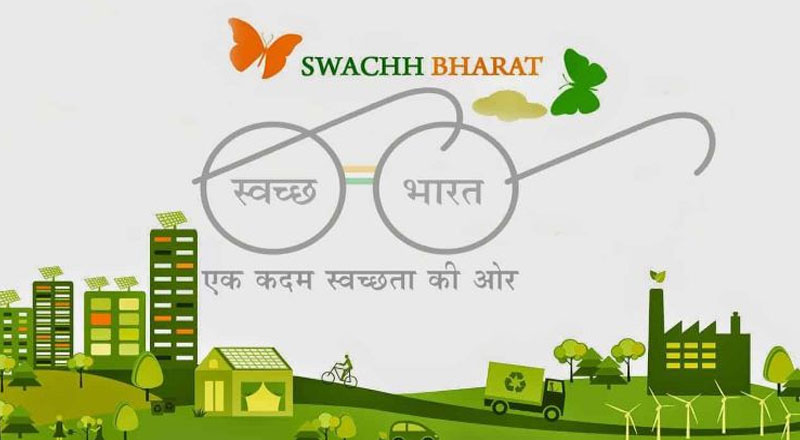Samsung India’s service centres across India have gone paperless as part of a global initiative to offer customers an eco-conscious alternative to paper documents through a new global integrated system, strengthening its commitment to developing sustainable practices.
More than 11,000 service centers in 180 countries operated by 40 Samsung Electronics subsidiaries around the world will first adopt the system. This includes India.
At the service centres in India, all documents that were previously issued to customers on paper are now being shared with them over email and WhatsApp, in the process saving 1.5 million A4 sized sheets of paper a month. This also includes replacing internal office work documents at service centres with electronic documents.
The pilot project that was kicked off in July 2021 across the country has so far saved over 16 million A4 sheets of paper.
Apart from the savings in paper usage, what this means for customers is faster transactions at the Samsung service centres and contact-less exchange between consumers and service executives.
“Our service centres across India now follow paperless operations that offer an eco-conscious alternative. This also brings convenience for customers as it reduces transaction time and they no longer need to take care of physical documents,” said Sunil Cutinha, Vice President, Customer Service, Samsung India.
To facilitate the worldwide change towards paperless documentation, Samsung has upgraded its global service system, the Global Service Partner Network (GSPN), which will allow for electronic documentation to be sent to customers about each aspect of service they receive through an interface supported by various digital communications services around the globe. Through this significant change, Samsung’s customers will gain convenient access to their service-related information and be part of an initiative to protect the environment at the same time.
Through the global campaign, Samsung expects that approximately 6 million liters of water, will be saved each year. In addition, nearly 526 tons of carbon emissions will be reduced, which can be translated into the amount of carbon absorbed by 61,000 30-year-old pine trees in a year.





